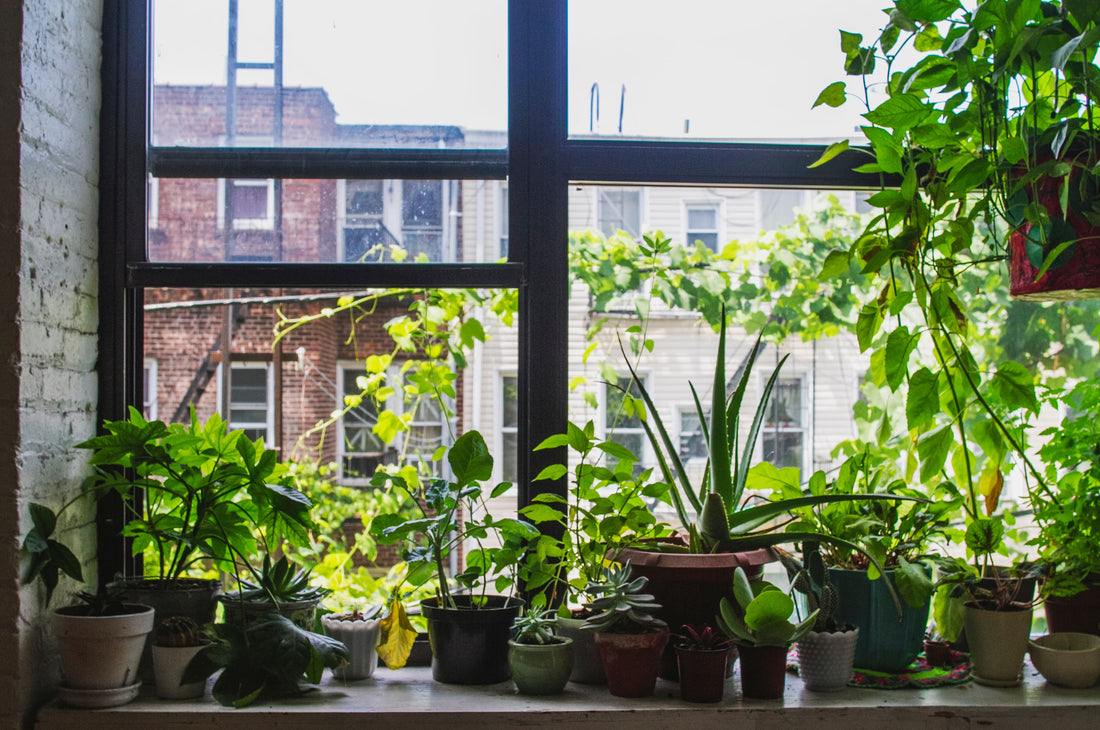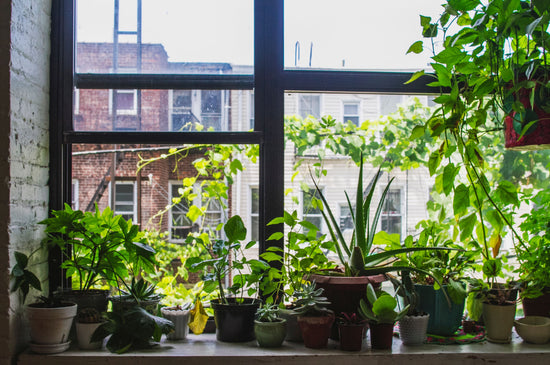How to Not Kill Your Plants This Year: Essential Tips for Success
Keeping plants alive and thriving might feel challenging, but with a little knowledge and consistent care, anyone can become a successful plant parent. Whether you’re new to indoor gardening or looking to improve your green thumb, this guide will help you avoid common mistakes and keep your plants healthy all year long.
1. Choose the Right Plants for Your Space
Not every plant will thrive in every environment. Assess your space’s lighting, humidity, and temperature before choosing a plant.
- Bright Light Spaces: Consider the Lifesaver Cactus for sunny spots. It’s low-maintenance and thrives in direct light.
- Low Light Areas: Opt for the Green English Ivy Hanging Basket, which is perfect for shadier corners.
2. Master Your Watering Routine
Improper watering is one of the most common reasons plants die.
- Check Soil Moisture: Always test the soil with your finger or a moisture meter. If it feels dry an inch below the surface, it’s time to water.
- Avoid Overwatering: Plants like the Fairy Castle Cactus prefer to dry out completely between waterings.
- Provide Consistent Moisture: For moisture-loving plants such as the Heart Fern, keep the soil evenly damp but not soggy.
3. Use Proper Soil and Pots
The right soil and pot can make a big difference in plant health.
- Well-Draining Soil: Plants like the Spider Plant need soil that prevents water from pooling.
- Pots with Drainage Holes: Ensure excess water can escape to prevent root rot.
4. Provide the Right Amount of Light
Light is crucial for photosynthesis, but too much or too little can harm your plants.
- Sunlight Needs: The Multi-Colored Bromeliad Planter thrives in bright, indirect light. Place it near a window with filtered sunlight.
- Rotate Your Plants: Turn your plants every week to ensure even light exposure and balanced growth.
5. Maintain Proper Humidity
Tropical plants need higher humidity levels than succulents or cacti.
- Increase Humidity: Use a humidifier or place a tray of water and pebbles near plants like the Peace Lily to maintain a humid microclimate.
6. Watch for Pests and Diseases
Healthy plants are less likely to succumb to pests or diseases, but vigilance is key.
- Inspect Regularly: Check leaves and stems for signs of pests like spider mites or mealybugs.
- Treat Quickly: Use neem oil or insecticidal soap to manage infestations.
7. Fertilize Wisely
Feed your plants during their active growing seasons (spring and summer).
- Use a Balanced Fertilizer: For plants like the English Ivy Trio, use a diluted fertilizer every 4–6 weeks during their growth period.
8. Be Patient
Plants grow at their own pace. Avoid the temptation to over-fertilize or overwater in an attempt to speed up growth.
9. Learn from Mistakes
Even experienced plant parents occasionally lose a plant. Treat it as a learning opportunity to refine your care routine.
FAQs About Keeping Plants Alive
Q: How often should I water my plants?
A: It depends on the plant type, soil, and environment. Check soil moisture regularly to determine when to water.
Q: How can I tell if my plant is overwatered?
A: Signs include yellowing leaves, mushy roots, and a foul smell from the soil.
Q: What’s the best way to increase humidity?
A: Group plants together, use a humidifier, or place a water tray with pebbles nearby.
Q: Can I fertilize plants in winter?
A: Most plants go dormant in winter and don’t need fertilizer. Resume feeding in spring.
By choosing the right plants, understanding their needs, and following these tips, you can keep your greenery thriving and enjoy a lush, healthy indoor garden all year long. With a little patience and attention, you’ll be well on your way to mastering plant care.





